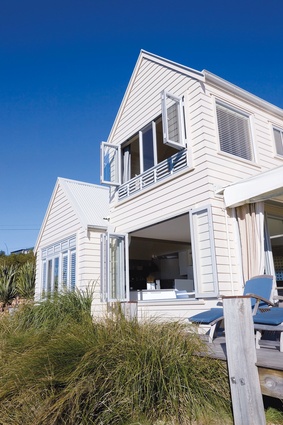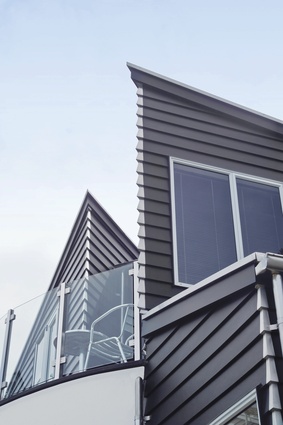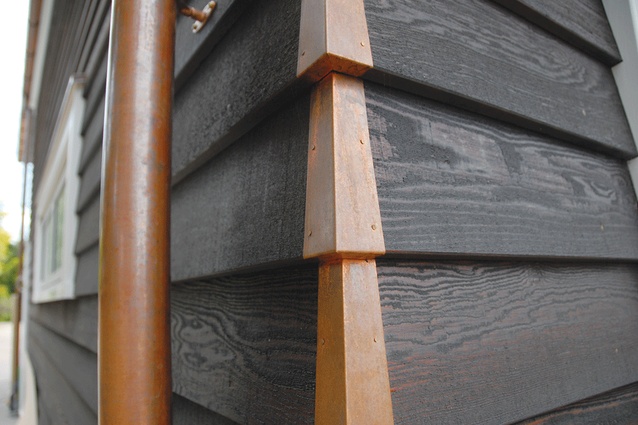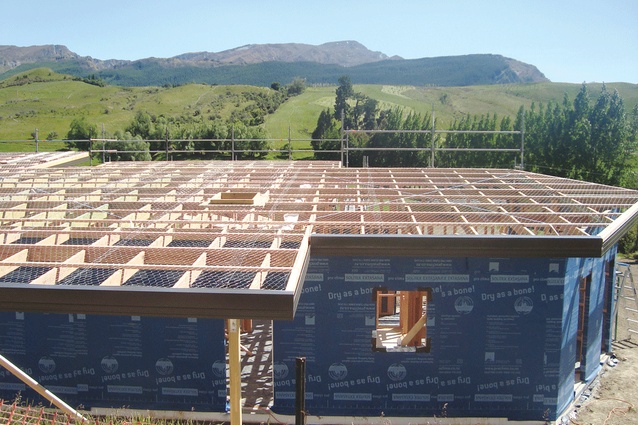Absolute compliance
Manufacturers of building materials believe CodeMark, the news trans-Tasman compliance certification, is a big step towards guaranteeing quality and faster consents.
Few builders are aware of CodeMark, but product suppliers are vowing they soon will be.
The scheme, introduced in 2010 by the former Department of Building and Housing, allows suppliers of building products or services to apply for product certification (CodeMark).
Once certification is gained, all building consent authorities in New Zealand must accept the product or service as complying with the Building Code, providing it is used as specified, and the certification is current. Established under the Building Act 2004, and administered by the Ministry of Business, Innovation and Employment (MBIE), the former Department of Building and Housing, the CodeMark scheme was developed in conjunction with the Australian Building Codes Board. One of the main benefits of the voluntary certification is the weight it carries with local councils.
It is a reliable way to show a product or service meets the requirements of the New Zealand Building Code, as opposed to product appraisals which are technical opinions and do not have a legal status. While an appraisal can support a consent application and assist an authority to decide whether a product or construction method complies with the Building Code, a CodeMark-certified product must be accepted as compliant.
“It provides some certainty for suppliers and manufacturers that their products comply with the Act,” MBIE determinations manager John Gardiner said. Mr Gardiner said there was little certainty in the industry over which products were compliant following the leaky homes publicity in 2004, and CodeMark, he said, provided a definitive solution to reduce problems like these.
The Building Research Association of New Zealand (BRANZ) provides product appraisals in New Zealand. An organisation spokesperson said the CodeMark scheme sat within the wider Product Assurance Framework, which describes the options available to manufacturers and suppliers to demonstrate a product’s compliance with the Building Code.
This framework includes product appraisals and CodeMark as well as other options such as independent assessment and industry-based schemes. Costs of obtaining a CodeMark certificate vary according to the product or system to which it applies, and the quality of supporting evidence for compliance.
Mr Gardiner said the initial average cost was between $30,000 and $40,000, with around $3,000 payable every two years for a mandatory audit. In New Zealand, product certificates are valid for an indefinite period, but audits are carried out to ensure compliance.
Audits are also carried out if there are changes to the product or manufacturing method. The government does not receive any financial benefits from the cost of certification. Accredited product certification bodies, administered by not-for-profit organisation Joint Accreditation System of Australia and New Zealand (JAS-ANZ), are responsible for issuing the original certificates and follow-up audits.
All fees involved are a commercial arrangement between the applicant and the product certification body. Product certification bodies currently approved in New Zealand are GlobalMark, SAI Global, and CertMark Australia. But the Ministry said it did not endorse these organisations as the only suppliers, and was happy to hear from others interested in offering the service.
Mr Gardiner said the scheme was ideal for product producers and building designers, but constructors also benefited. “CodeMark is particularly suited to higher risk products for which there are greater consequences if they fail, such as cladding and structural systems,” he said. “It also addresses past problems over delays with building consents.
There are plenty of examples out there, people complaining of delays because of insufficient evidence for compliance. It’s a well known phenomenon in the design sector.” However, the scheme is not intended to change the current liability framework. Building consent authorities will not be liable when they rely in good faith on a current CodeMark certificate.
CodeMark certification does not eliminate inspection by councils (building consent authorities), however, all inspectors need to do with CodeMark-certified products or methods is ensure the conditions of the certificate are met for the relevant part of the building.
The first New Zealand certificate was issued in September 2010 to James Hardie Limited for its Linea™ Weatherboard Direct Fixed and Cavity Cladding product.
James Hardie technical manager Singh Kamboj said all building authorities he had dealt with were happy to accept the certified product. “For us it has been working fantastically,” Mr Kamboj said.
“Absolutely, it has solved the problem for us as an overseas manufacturer with territorial authorities throughout New Zealand. “Ours was the first certificate issued … it took a while to get it. It was a learning curve but it was well worth it. It sits under the Building Act and has a legal status … a BRANZ appraisal is just an opinion and councils do not have to accept it.
“Interpretation of compliance with the code differs between councils. They can make it hard for the manufacturer so the certificate is worth having.” Mr Kamboj said the certification was ideal for products deemed an ‘alternative solution’ rather than an ‘acceptable solution’ under the Building Act because it was a ready-made guarantee of compliance with the Building Code.
“It is worth the average $50,000 spent on getting CodeMark for products like these, but you wouldn’t bother with something that is generally compliant, such as a nail for example.”
BRANZ agrees; a spokesperson for the organisation said CodeMark provided another opportunity for manufacturers and suppliers to verify the claimed performance of a proposed alternative solution building product or system that does not meet the requirements of an acceptable solution, thereby offering industry a valuable new pathway to market.
Mr Kamboj said builders were starting to notice the company used CodeMark and were beginning to ask whether others were guaranteeing their products in the same way. But the message is taking its time to get through to many in the construction industry.
Mainzeal area manager John Hemmy said initially he was unaware of the scheme but believed it was a good idea in principle. “It will smooth the process for getting building consent and should make it a bit easier – definitely for new products.
“We’ve looked at importing through China, and getting products accepted is always a problem.” Certified Builders Association of New Zealand chair David Brown said he was unaware of the scheme, but believes there is a need for assessment of product appraisal. He said there had been little publicity about the scheme to builders.
Timber Specialists technical manager Nathan Stirling agrees, and is determined to address the lack of knowledge about CodeMark. Timber Specialists currently holds two CodeMark certificates, one for its Timspec Certclad™ Vertical Shiplap Weatherboards, and the other for its Timspec Certclad™ Bevel Back Weatherboards.
Mr Stirling and co-director Chris Wiffen set up a display stand at the recent Building Officials Institute of New Zealand (BOINZ) conference to promote the products and tell delegates more about the CodeMark scheme. “We like that it’s universal across New Zealand and that territorial authorities have to accept it,” Mr Stirling said.
“We’ve been marketing the scheme as much as possible. In terms of the levels of compliance there are, that is where CodeMark is successful. It’s a living form of compliance, with regular auditing.” German-owned Pro Clima NZ technical manager Thomas van Raamsdonk said the scheme was particularly suited to overseas subsidiaries.
Pro Clima NZ has a CodeMark certificate for its Solitex Extasana Wall Underlay. “When we go into markets, we always go for the highest form of product accreditation,” he said.
Mr van Raamsdonk strongly believes product certification should be mandatory for all products with a 50-year durability clause. “The trouble with New Zealand is some of the standards are not appropriate for this time and age,” he said.
“The industry is ahead of legislation. There is a huge gap between legislation and best practice. In this country, they’re still trying to build to the minimum requirements.
“Having CodeMark legislation gives territorial authorities, builders and house owners guaranteed security. It’s well worth going for it,” he said. Visit dbh.govt.nz for more information about the CodeMark scheme.













